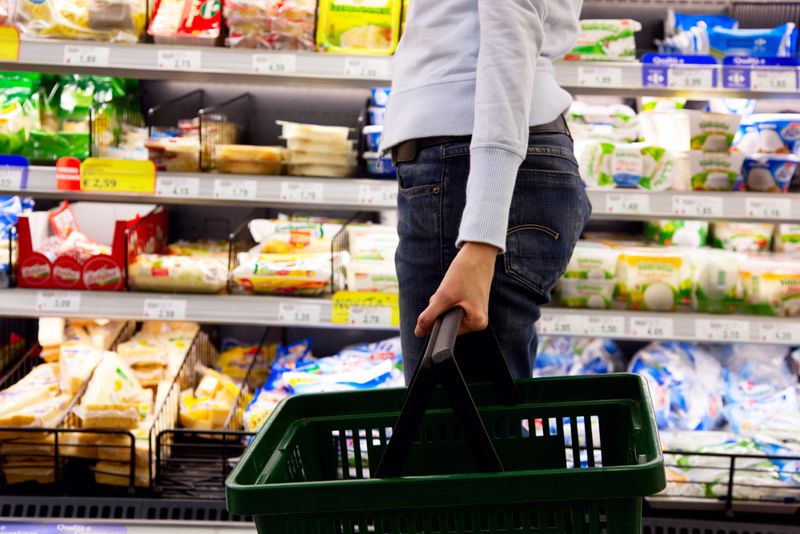However, there is a crucial difference between the current run on essentials and the one seen several months ago: Supply chains stand ready to meet demand. The Washington Post reported that many major chains and grocery stores across the U.S. have started putting limits on the number of high-demand items people can buy in a single trip. Fortunately for shoppers, the aisles of empty shelves that were so pervasive in the spring are no longer present.

Those companies, as well as their suppliers and other supply chain partners, have shifted strategies significantly in the intervening months by adding more inventory, increasing the number of shipments and so on, the report said. One of the key changes here is companies are increasingly buying directly from manufacturers, rather than third-party suppliers.
A total team effort
Of course, the sea change in the sector has been noted time and again in the past several months, in part because so many people understood the problems their old habits presented and started working quickly and collectively to address them, according to The Hill. That includes support from various government agencies at the state and local levels, though this also resulted in some parts of the country having a much smoother time dealing with these issues, and others continuing to struggle, depending on how hands-on public officials chose to be.
Indeed, many were able to tap the kind of emergency arrangements they've been forced to make in the wake of rather dissimilar disasters in previous years, the report said. For instance, mobilizing assistance programs for businesses and people alike in the wake of busy hurricane seasons and wildfires set up state-level support structures for success in the COVID era.
Bringing it all back home
One of the biggest changes seen in the supply chain this year is more companies are localizing their supplier networks. Experts agree this is likely to become a trend even after COVID threats drop dramatically (or are eliminated) and could be a boon to certain sectors. For instance, there are roughly 2 million large-scale farmers in the U.S., but over the course of several decades, more of the market share is shifting toward massive organizations, according to a study from the University of Missouri, Michigan State, Sam Houston State, and the Family Farm Action Alliance.
Things could change in the wake of COVID, simply because they may have to. The more that can be done to secure and diversify the food supply chain, among other essentials, the better off everyone in the U.S. will be going forward.



Post A Comment:
0 comments so far,add yours